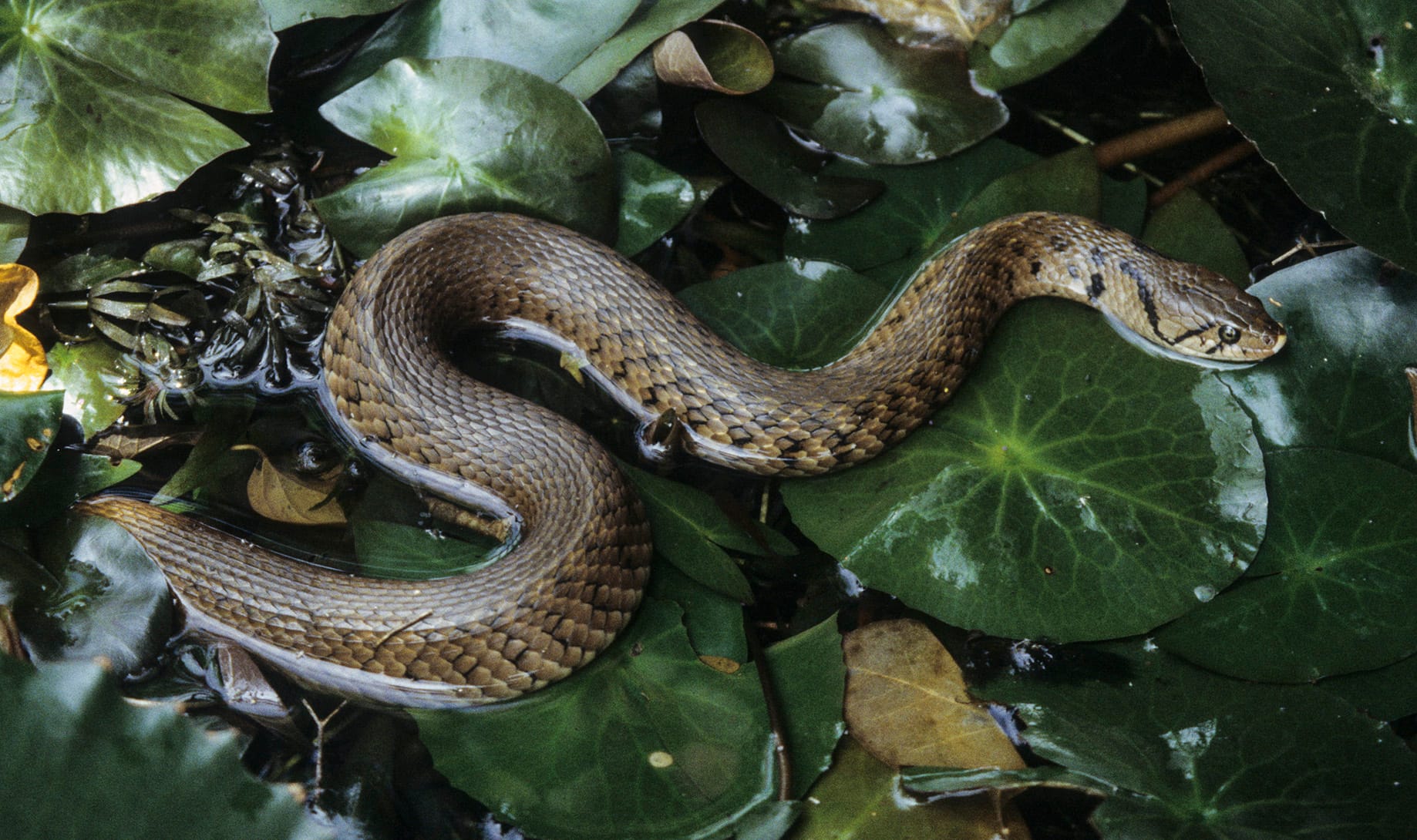The Chinese Academy of Sciences, China, has led a study that achieved chromosome-level assembly for 14 snakes, creating a detailed genomic reference for snake evolution. The research team published their findings in the journal Cell in a paper titled “Large-scale snake genome analyses provide insights into vertebrate development,” where they highlighted numerous discoveries made using their sequencing data.
By utilizing the long-read capabilities of PacBio and Oxford Nanopore Technology sequencers, the researchers successfully obtained a draft of the entire genome for 14 snakes belonging to 12 different families. They supplemented this with shorter, higher-quality reads obtained from BGI and Illumina platform sequencers. Through the integration of Hi-C read data, they achieved chromosome-level assembly.
The team then analyzed their newly collected data in conjunction with previously sequenced genomes of snakes, lizards, a turtle, a crocodile, a bird, and a mouse. This comprehensive examination led to constructing a depiction of snake evolution, highlighting various gene losses, additions, and conservations associated with different traits.
Based on their analysis, the researchers estimated that snakes originated approximately 118 million years ago during the Early Cretaceous period. They also observed a rapid diversification of snakes following the mass extinction event 65 million years ago.
The unique traits of snakes, such as their long legless bodies, were consistent with specific gene deletions identified across all newly sequenced snake genomes. Additionally, the elongated body shape of snakes influenced the morphology of internal organs like the lungs. Snakes typically exhibit an absent or reduced left lung, with a dynein-coding gene essential for developing left-right symmetries being absent in snakes. Furthermore, 13 genes associated with lung development displayed insertions that could alter their lung development regulation.
Changes in the visual system were observed through the loss of photoreceptor-related coding genes, while the expression of 15 photoreceptor cell-related genes in snake eyes was significantly upregulated. The researchers proposed that early snakes experienced an extended period of burrowing in low-light environments before returning to well-lit surface habitats. As a result, the structure and function of snake eyes may have re-adapted to surface light conditions by upregulating conserved genes.
Three lineages of snakes—pit vipers, pythons, and boas—possess specialized temperature-sensitive infrared-sensing organs, facilitated by non-coding genes located near active genes associated with heat response. This finding indicates convergent evolution.
The study also examined genes related to hearing, revealing a connection between gene loss and snakes’ limited hearing range and sound perception. Conversely, the evolution of additional gene regulators was associated with inner ear specialization and low-frequency hearing. This shift in hearing abilities aligns with observations in burrowing animals, further suggesting a potential subterranean ancestry.
In addition to shedding light on snake evolution and diversification, the high-quality data generated by this study has been made available to the public. It is expected to serve as a valuable genomic reference for future research into reptilian biology.
Citation: Changjun Peng et al, 2023. Large-scale snake genome analyses provide insights into vertebrate development, Cell DOI: 10.1016/j.cell.2023.05.030












